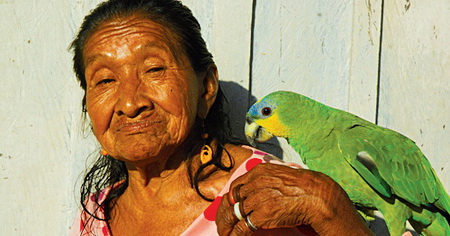|

|
|
Photography work by Michael Ende. [Global Times] |
One of China's best-preserved ancient cities, Pingyao, in north China's Shanxi Province,attracts photographers by the thousands. So it seems the ideal place to launch a major photography festival.
More than 20,000 photos by 1,232 photographers from 46 countries and regions were put on display Saturday in the seven-day Pingyao International Photography Festival (PIP).
Pingyao, 616 kilometers southwest to Beijing, was listed as a world heritage site by the UNESCO in 1997. The city traces its history back 2,700 years. Ancient Pingyao was rebuilt in 1370 when most of the remaining brick houses and a city wall were constructed.
"It is an ideal rendezvous spot for us to communicate while having fun," said photographer Long Jinxiang.
PIP is among the 10 largest photography festivals in China and the only one to be held in a world heritage site, said Hu Suping, head of the Shanxi Provincial Publicity Department.
"The combination of modern art and traditional culture is powerful," said David Mulroney, Canadian ambassador to China.
During the past eight exhibitions, more than 1.6 million people enjoyed works of 1,600 photographers in the world. "We endeavor to keep PIP global, professional and diverse," Hu said.
"We are here to see different styles of photos and find interesting photographers that we don't know for now," said James Dooley, who has a stand in the exhibition.
Often dubbed as the "Wall Street" of ancient China, Pingyao is the birthplace of China's banking industry. As early as 1824, China's first bank, Rishengchang, was established here.
During the 19th century, the city had 22 banks with 400 branches across the country. The first bankers built luxurious houses, many of which are now turned into folk style inns with distinct cultural and historical features of the Ming and Qing dynasties.
Today, it's photographers, not bankers, who bring money into the city. "We love the place. There are artworks everywhere, so rich and exotic," said a visitor named Bryan, from Melbourne. The ancient city has 3,797 traditional houses, 400 of which remain intact today. The 12-meter high adobe wall extends 6.4 kilometers, protecting the 2.25-square-kilometer city of 35,000 people.
(Global Times September 21, 2009)